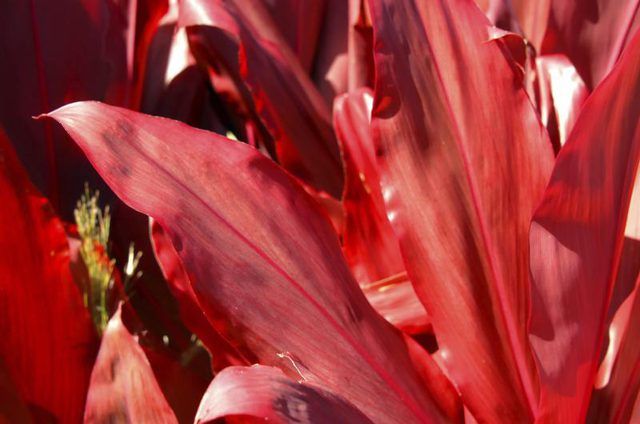Bulbs
Flower Basics
Flower Beds & Specialty Gardens
Flower Garden
Garden Furniture
Garden Gnomes
Garden Seeds
Garden Sheds
Garden Statues
Garden Tools & Supplies
Gardening Basics
Green & Organic
Groundcovers & Vines
Growing Annuals
Growing Basil
Growing Beans
Growing Berries
Growing Blueberries
Growing Cactus
Growing Corn
Growing Cotton
Growing Edibles
Growing Flowers
Growing Garlic
Growing Grapes
Growing Grass
Growing Herbs
Growing Jasmine
Growing Mint
Growing Mushrooms
Orchids
Growing Peanuts
Growing Perennials
Growing Plants
Growing Rosemary
Growing Roses
Growing Strawberries
Growing Sunflowers
Growing Thyme
Growing Tomatoes
Growing Tulips
Growing Vegetables
Herb Basics
Herb Garden
Indoor Growing
Landscaping Basics
Landscaping Patios
Landscaping Plants
Landscaping Shrubs
Landscaping Trees
Landscaping Walks & Pathways
Lawn Basics
Lawn Maintenance
Lawn Mowers
Lawn Ornaments
Lawn Planting
Lawn Tools
Outdoor Growing
Overall Landscape Planning
Pests, Weeds & Problems
Plant Basics
Rock Garden
Rose Garden
Shrubs
Soil
Specialty Gardens
Trees
Vegetable Garden
Yard Maintenance
How to Grow Cordyline Plants
How to Grow Cordyline Plants. About 15 kinds of cordyline (Cordyline spp.) are native to Australia and New Zealand north to India. They've been placed in the century plant family or Agavaceae. Stiff, slender leaves grow in a rosette around a central stalk. The two most widely grown cordylines are ti plant (Cordyline fruticosa, formerly Cordyline...

About 15 kinds of cordyline (Cordyline spp.) are native to Australia and New Zealand north to India. They've been placed in the century plant family or Agavaceae. Stiff, slender leaves grow in a rosette around a central stalk. The two most widely grown cordylines are ti plant (Cordyline fruticosa, formerly Cordyline terminalis), which grows in U.S. Department of Agriculture plant hardiness zones 10 through 12, and cabbage tree (Cordyline australis), hardy in USDA zones 7 through 10.
Soil and Spacing
Ti plant tolerates a wide variety of soils, but prefers rich, fertile, well-drained soils. In landscapes, space the plants 3 to 5 feet apart so the bold leaf shape and often very colorful leaf patterns are visible. Plants grow 3 to 10 feet tall and 2 to 4 feet wide. Cabbage tree grows slowly to 49 feet tall by 16 feet wide, with a bare gray trunk and branches topped with bushy heads of leaves. Space plants at least 20 feet apart so the interesting growth habit isn't obscured. Cabbage tree needs good drainage, preferring sandy to loamy soils rich in organic matter. As houseplants, plant both species in a well-draining houseplant potting mix.
Watering Requirements
Moisture-loving ti plant should be kept evenly moist while it is actively growing during spring and summer; during fall and winter it doesn't need as much water. Ti plant does best in a high humidity location year-round, such as a bathroom, a humidified room or on a tray filled with pebbles and water. Leaf tips brown in low humidity. Cabbage trees also prefer moist soils when actively growing. The burgundy-foliaged cabbage tree cultivar "Purple Spire" (Cordyline australis "Je101"), hardy in USDA zones 9 through 11, needs weekly watering in hot weather.
Light and Exposure
Both ti plant and cabbage tree grow outdoors well in shade to partial shade. For the more highly colored red and pink leaves present in some ti plant cultivars, a sunnier location results in stronger colors. A number of cabbage palm cultivars have either purplish-red leaves or variegated leaves. Some variegated-leaf or lighter colored varieties can scorch in direct sunlight. Give ti plants and cabbage palms grown as houseplants bright, indirect light, with morning sun for strongly colored cultivars.
Fertilizing Needs
Cordylines of all types respond well to controlled-release fertilizers. Apply a product such as a controlled-release fertilizer containing micronutrients with an N-P-K ratio of 14-14-14 every 6 months. Topdress the soil around the plant with 1 tablespoon of fertilizer for a 1-gallon container or 7 tablespoons scattered over each 10 square feet of outdoor soil surface.
Special Care Considerations
Cordylines are generally not invasive, but "Purple Tower" has naturalized into the southern United States and parts of southern California. Ti plants are sensitive to cold temperatures and shouldn't be grown at temperatures below 55 degrees Fahrenheit. Most cordylines are damaged by near-freezing weather and should be brought indoors before the first frost is predicted for your area.